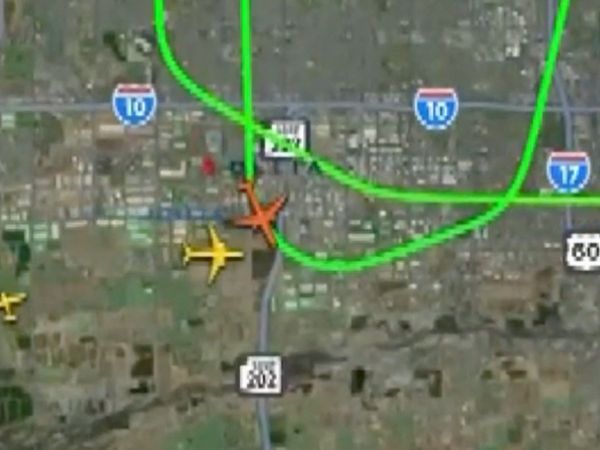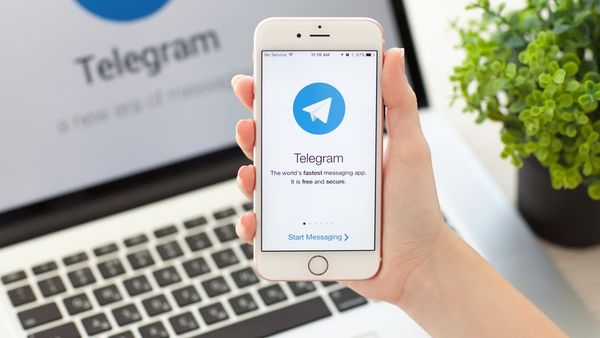
Before we all carried computers in our pockets, the best way to identify wild plants and animals was to consult a physical field guide. Now, nature enthusiasts have easy access to a plethora of phone apps that can ID flora and fauna with a single snapshot.
These pocket guides can be powerful tools — but not all apps are created equal when it comes to accurately identifying species. Researchers put some of the most popular plant ID apps to the test in a study published Wednesday in the journal PLoS One, finding that many missed the mark when it came to telling species apart.
This might seem trivial, but in the case of foraging, confusing one flower or leaf with another can be the difference between a delicious snack and a trip to the hospital.
“[These apps] are good assists in terms of identifying many plants,” University of Galway plant ecologist Karen Bacon tells Inverse. “But I would strongly, passionately recommend that no one uses any of these apps to be sure that a plant they're picking out in the wild is safe to eat.”
Here’s which apps performed the best (and worst) in the new report, and what you can do to avoid a fatal foraging mistake.
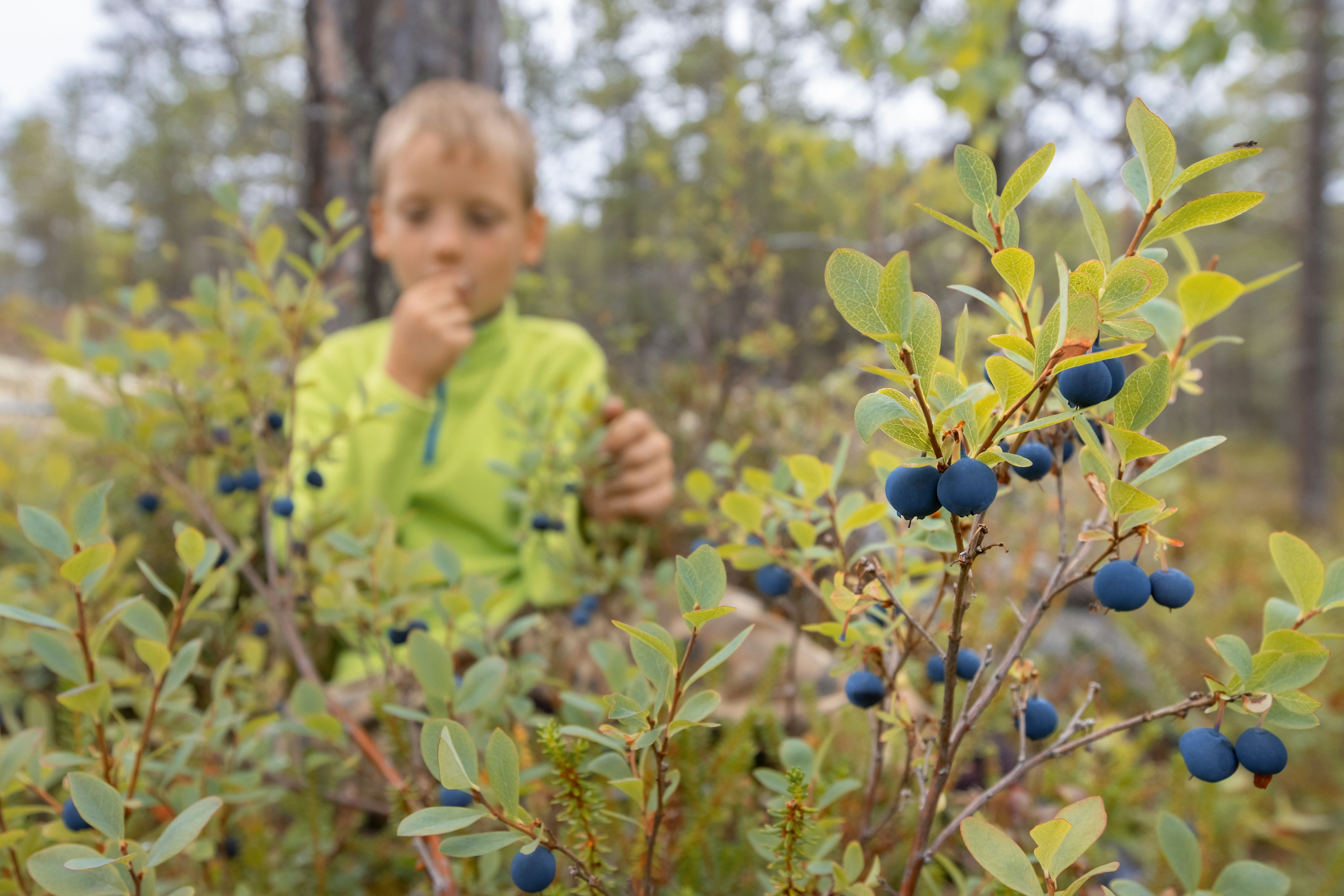
A tool for good
Many years ago, Bacon was teaching at the University of Leeds when plant ID apps first started to become popular. She was curious about their usefulness in the classroom, seeing that they had the potential to teach students about botany in an accessible way.
“People are not as engaged with plants, often as they are with animals,” Bacon says. In ecology, researchers refer to this as plant awareness, or the idea that “plants are kind of in the background, and we don't necessarily engage with them or notice them in the same way that we would animals,” Bacon adds.
Having such an easy way to ID plants — with just the touch of a button — does make it easier for people to get interested in botany. And over time, Bacon says, identification apps have gotten a lot better at telling apart different species thanks to many people snapping pictures of plants and contributing to app databases.
But there was still a lingering question of how accurate these easy-to-access tools are when it comes to identification.
For the new study, Bacon and colleagues tested out six popular apps: iNaturalist, Seek, Leaf Snap, Plant Snap, Plant Net, and Google Lens. Some were considered “generalist” apps, such as Google Lens, which isn’t billed as a tool for plant identification, but is widely popular and has the ability to ID plants.
Each app was tasked with identifying specimens from 38 flowering plant species on the western coast of Ireland, near Galway. Ireland is known to have less species diversity than other areas of the world, but also boasts a number of plants that are common across a wide variety of environments — from Europe’s Alpine region to the Mediterranean coast.
“We actually thought this gave us quite a nice testbed for seeing how well these apps would do,” Bacon says. “There are very few species that are only going to be found in Ireland — most of them can be found somewhere else, [and] some of them have really, really wide distributions.”
Then, to measure the apps’ success, the researchers devised two scoring systems to track how well they identified the correct species for each image taken of a plant specimen.
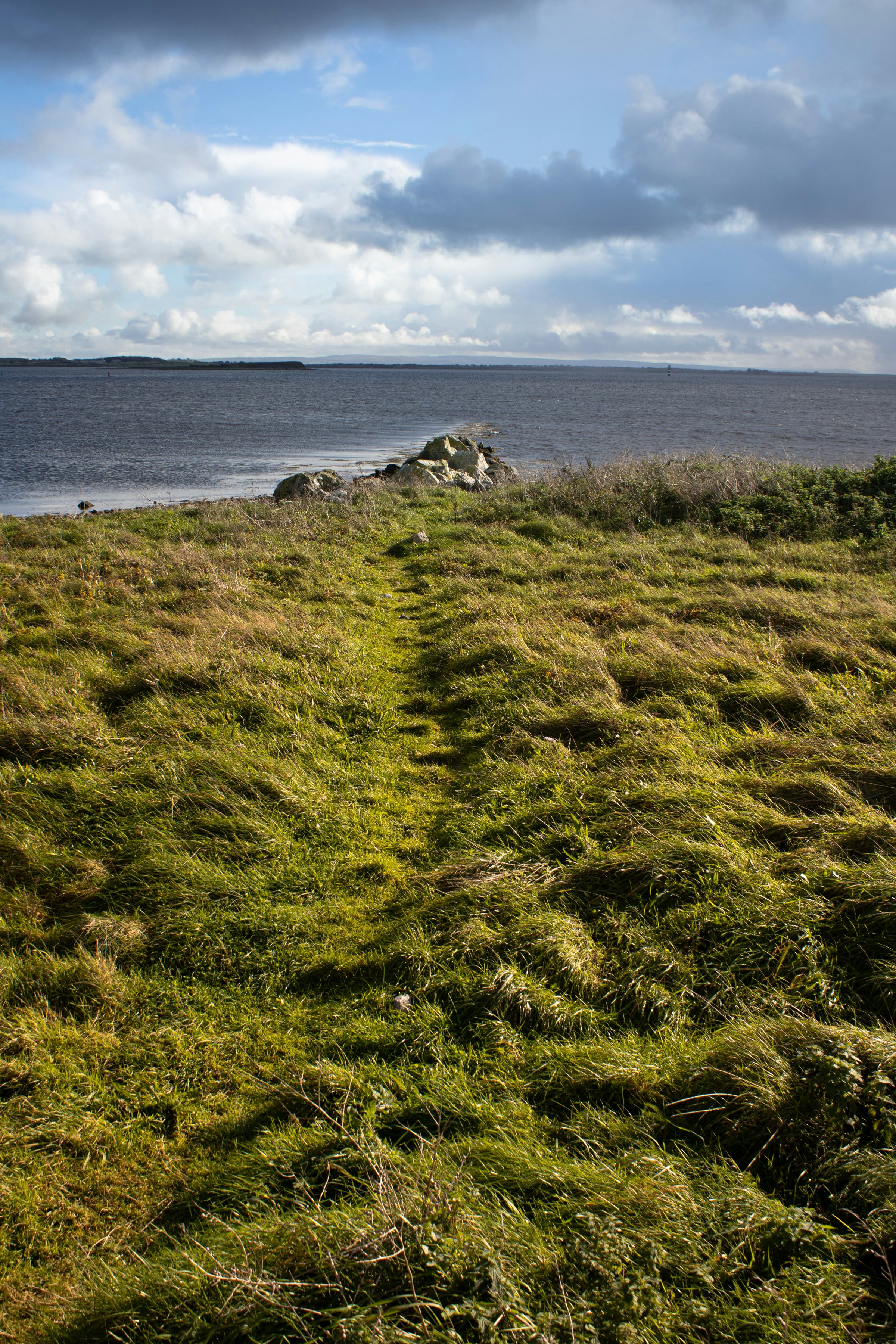
What they found
Overall, none of the apps were 100 percent accurate when it came to correctly identifying plant species. Of the six tested, Plant Net scored the highest at 88.2 percent accuracy when asked to identify a species by its flowers. But when looking only at leaves, Plant Net was 80.4 percent accurate.
Leaf Snap came in at close second, with 83.5 percent accuracy for flower ID and 77.1 percent for leaf ID. The other two generalist apps — Google Lens and Seek — were 67.8 and 52.1 percent accurate with flower ID, respectively. And the specialist app Plant Seek was 35.7 percent accurate when identifying flowers.
iNaturalist came in at the bottom with only 3.5 percent correct species identification when looking at flowers, but the researchers note that the app typically identifies the genus of a plant rather than the species. When taking that into account, iNaturalist performed better than Seek and Plant Snap.
Other studies have found varying degrees of accuracy with these apps, and the researchers caution that it’s difficult to get a single, definitive read on how well they identify plants in the wild. Bacon says she was surprised by how well the apps did overall in this study, even though they have their limitations.
“The improvement over the last two or three years is significant,” she says. And over time, they’ll continue to get better as more people use them and contribute plant data.
Bacon says the apps can be good assists for learning how to identify plants, though they’re no replacement for the expertise of a trained botanist, ecologist, or professional forager. Especially if you plan to hunt for wild edibles, there are a few things you can do to make sure you stay safe.
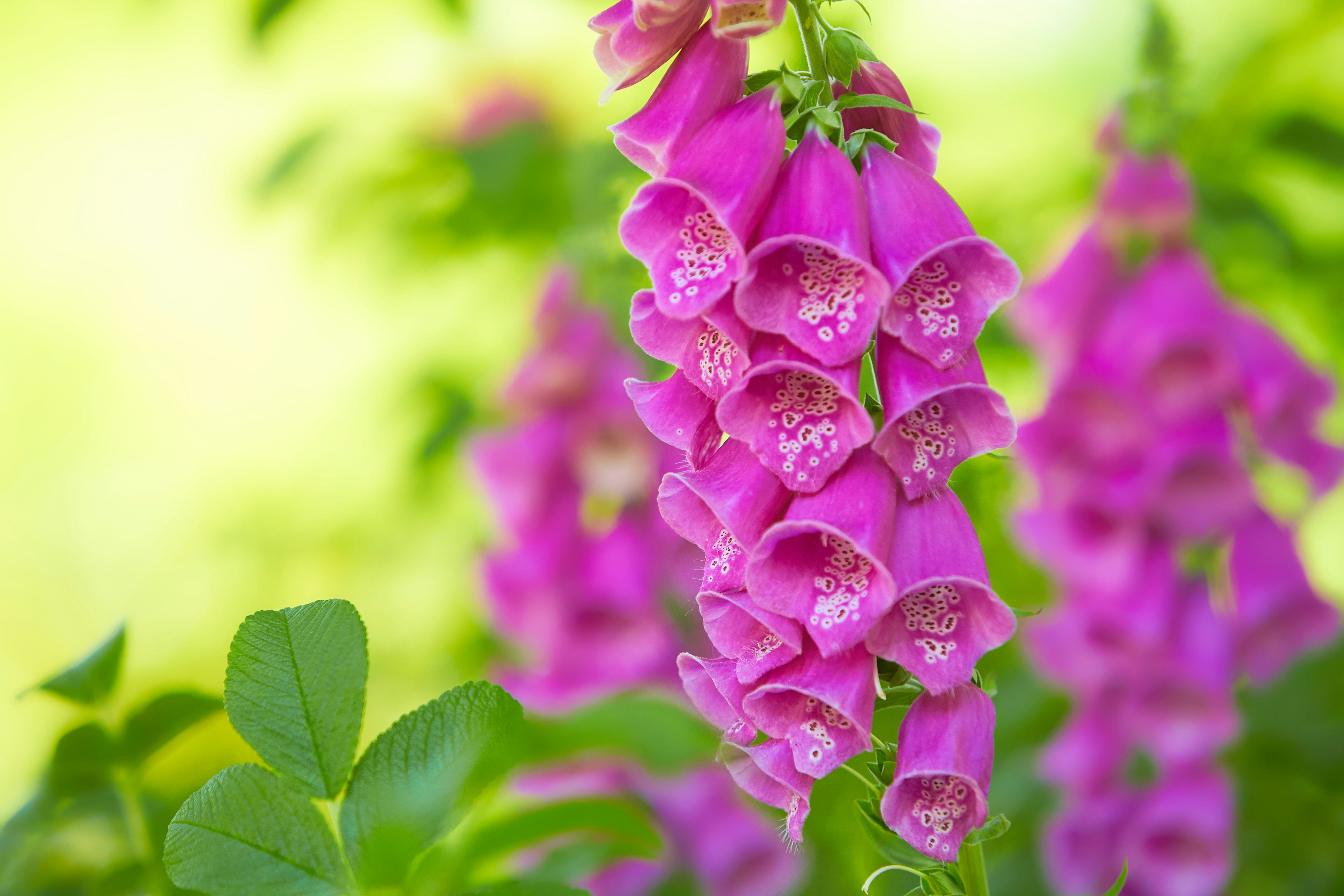
Know your plants
Though the new study didn’t focus on toxic plants, Bacon and colleagues did test how well phone apps could identify two species that are dangerous for humans to eat: Digitalis purpurea (foxglove) and Circaea lutetiana (enchanter’s nightshade). None of the apps could consistently identify either species.
That’s why, if you’re new to foraging, it’s best to have a human guide rather than rely solely on your phone.
“You should not be foraging unless you're with an expert who knows what they're doing,” Bacon says. There are a lot of plants that look deceptively similar, and knowing the difference can save you a trip to the hospital.
Foraging tours are common in many places. Your local Department of Natural Resources likely has some information, as well Eat the Planet, findaforager.com, and The Association of Foragers, which compile foraging events and trainings in the U.S., Canada, and the U.K. Travel sites like TripAdvisor and Airbnb may also have offerings from local foraging guides depending on where you’re located.
But if you are confident foraging on your own, it’s best not to eat a plant unless you’re 100 percent sure of its identity — even if it seems harmless. Bacon shares a case study from the Irish Medical Journal about a young man who was poisoned after eating unassuming leaves that turned out to belong to a toxic plant.
“There were no flowers on the plant; it was just growing in his garden. And it turned out to be foxglove,” she says. “And he put it in a smoothie.”
Mistakes can happen to anyone, which is why it helps to have a second (human) opinion on any wild food.
“If you're not certain you need to ask someone,” Bacon says. “Don't go grazing; be sure about what you're eating.”

